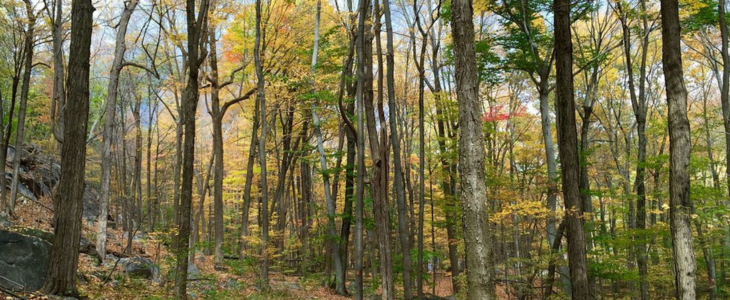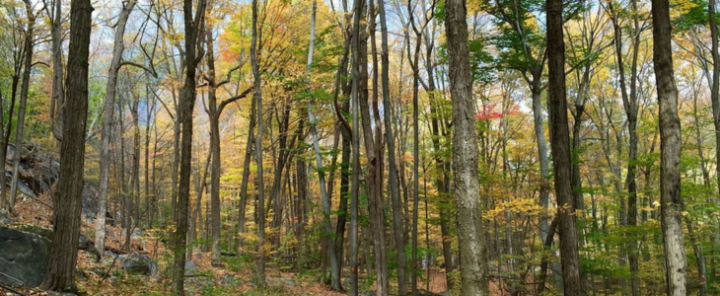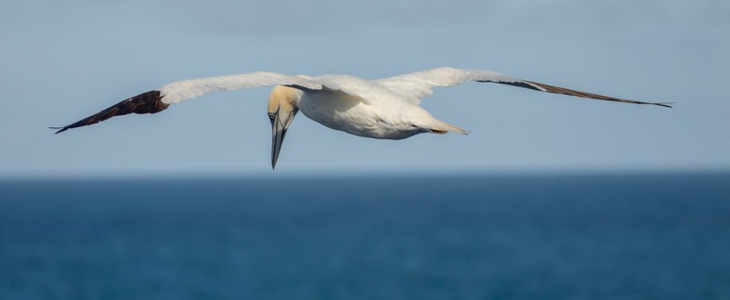
Two People Predict Super Bowl Scores in Facing the Question
February 10, 2025
Adorable Adoptables from the Monmouth County SPCA
February 11, 2025Let’s stop underestimating plants!
Recognizing the sophisticated nature of plants might just change the way we see the world.
Zoë Schlanger, in her recent New York Times best-seller, The Light Eaters: How the Unseen World of Plant Intelligence Offers a New Understanding of Life on Earth, wrestles with questions about an emerging and thought-provoking topic – plant intelligence and consciousness.
Schlanger describes some remarkable discoveries. She cites multiple examples of plants communicating with and behaving with special deference toward their own kin. Sagebrush, for example, uses “private” means of communication to warn closely-related plants about insect attacks when the threat from bugs is relatively low. When an entire ecological community is under attack, however, sagebrush will switch to “public” channels, emitting more universally understandable alarms. This is not so different from songbirds who use certain song phrases to warn their family groups, and switch to other calls to alert everyone in the area.
Schlanger also points to the “chameleon vine” of South America, which baffles scientists in its ability to mimic the various leaf shapes of many of the plants that it climbs upon – as if the vine can sense the appearance of its host and adjust on its own! It does this in order to protect itself by appearing as a plant that is harmful to potential predators.
Many other botanists, researchers, and scientists are endeavoring to expand our knowledge of plant behavior. Forest scientist and conservationist Suzanne Simard noted in a 2016 TED talk that, during an experiment over 30 years before, she discovered clear evidence that a paper birch tree and a Douglas fir tree were in a “lively two-way conversation.” Simard found that when she cut off resources to the birch, the nearby fir helped by sending carbon dioxide, nitrogen, phosphorus, water, hormones, and other chemicals to its neighbor.
Schlanger explains that perhaps what is most incredible about recent discoveries is not that plants can communicate or that, as individuals, their distinct parts do miraculous things. Rather, it is that these individual beings are a part of something much larger. Plant communities in forests, swamps, and meadows are interconnected networks, much like a brain.
Historically, plant intelligence has been a complex and controversial topic. Scientists and researchers have not all agreed upon definitions for terms like “intelligence,” “consciousness,” “behavior,” and “communication”, which makes the conversation even more challenging. Both Simard and Schlanger cite what they see as knee-jerk dismissive reactions amongst academic institutions and scientific communities when it comes to ideas around plant intelligence. But Schlanger argues that fresh ideas in science provoke new methods and theories, and without those revolutions, the pursuit of science would be in trouble.
Attributing human behaviors or characteristics to the lives of plants and other animals seldom translates well, and what some scientists consider intelligence in the plant world certainly looks a lot different than how it manifests in the animal world. Our human brains want to fit these discoveries into neat little boxes, but that tendency can inhibit deeper understanding of the natural world.
Our disconnect from the web of life – and our obsession with control and exploitation of nature – is part of the reason we are in the mess we are in with climate change, mental and physical health crises, and destruction of the biological diversity that sustains life on earth. Perhaps if we know more about and pay more attention to the common thread between humans and plants, we will take better care of the environment we share.
Although it may be difficult to imagine different types of intelligence amongst species, doing so may help us more fully understand what it means to clear-cut a forest or disrupt an entire ecosystem.
“Underlying all this is the deeper question, the one that perhaps matters the most: What will we do with this new understanding?” asks Schlanger. Will our relationship to plants change? When do plants enter the realm of our ethical consideration? For now, there may be more questions than answers, and there is so much more we need to understand, but it is a fascinating realm to study and ponder!
To read more of Schlanger’s work, visit https://www.zoeschlanger.com/. And to learn about preserving New Jersey’s land and natural resources, visit the New Jersey Conservation Foundation website at www.njconservation.org or contact me at info@njconservation.org.






